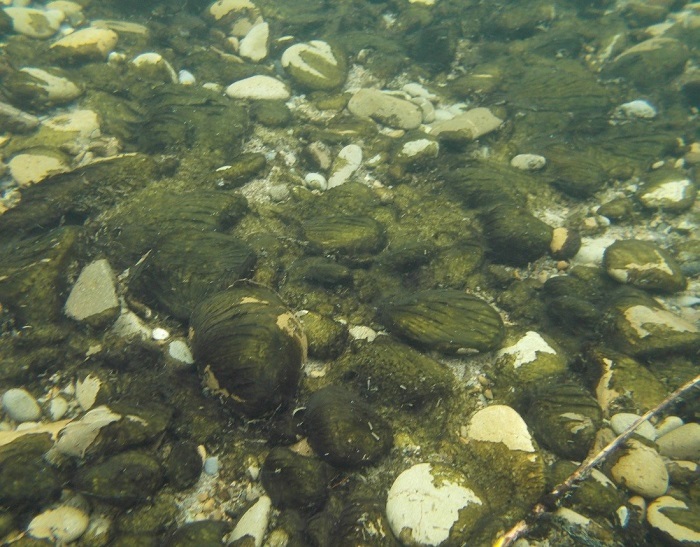Swim spots being monitored for summer
Wanaka App
08 December 2022, 4:30 PM
 Swimmers can check how safe their swimming spots are this summer
Swimmers can check how safe their swimming spots are this summerOtago Regional Council (ORC) has re-launched its summer monitoring of popular swimming spots around the region this week.
The recreational water monitoring programme tests 31 Otago sites each week for bacteria and another 11 sites for toxic algae and makes that information readily available at the LAWA website.
Lake Dunstan, the Manuherikia River, and the Taieri River are part of the monitoring sites, ORC senior scientist water quality and programme lead Rachel Ozanne said.
“It’s easy for the public to search for these water sites on LAWA,” Rachel said.
She says people can find out if a swim area is safe by clicking on the swimming icon on the orange box or by selecting the menu option under the search bar that says ‘Can I swim here?’.
The map will show spots which are suitable, or not, for swimming using a traffic light colour system, Rachel said.
Residents should check the sites on the LAWA website regularly, she said.
The ORC will also be testing regularly for toxic algae (or cyanobacteria), which can become a problem when they increase to high concentrations, forming ‘blooms’, Rachel said.

Phormidium
Blooms are more common during the summer months, when low rainfall, warm temperatures, the right level of nutrients and more sunlight create an environment where it can thrive.
Exposure to high levels of toxins from cyanobacteria may result in serious illness and dogs are at the most risk as they play and scavenge in the water.
Rachel said if there are toxic levels of algae in the water, ORC will alert communities as soon as the results are returned but there are a couple of signs residents can watch out for too.
Phormidium, a common cyanobacteria, is identified by its thick, dark brown mats on riverbed rocks which can look like black tar - and can easily detach from the riverbed and wash up on riverbanks.
Toxic algae blooms in lakes are generally bright green in colour and can give the water a
‘pea soup’ appearance, Rachel said, and they can also form visible green or red films or scums on the water’s surface, especially at the water’s edge.
Rachel said phormidium’s musty smell is attractive to dogs, so it’s important dog owners learn to identify the toxic algae to keep their dogs away from it.
The ‘Can I Swim Here?’ monitoring will continue weekly until March 31.






